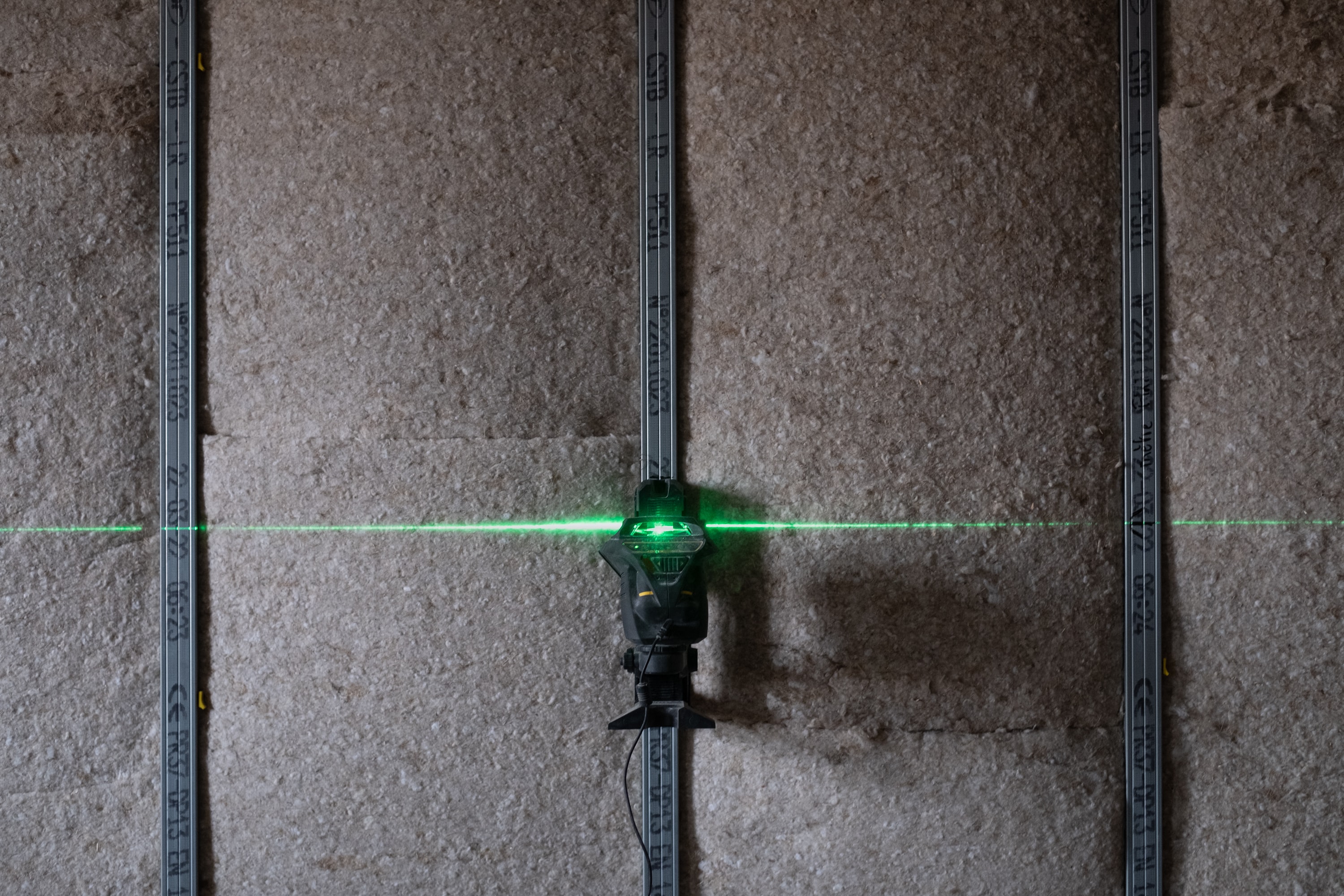
Scandium oxide, also referred to as Sc2O3, is a rare earth metal oxide with diverse applications in numerous industries. This article will delve into the various uses of scandium oxide in electronic materials, including its application in new electric light source materials, laser materials, and other electronic components.
Scandium oxide is also used in the production of new electric light source materials, such as metal halide lamps and high-intensity discharge lamps. These lamps are used in various applications, such as street lighting, sports stadiums, and film production.
In high-intensity discharge lamps, such as metal halide lamps, scandium oxide is used as a dopant in the ceramic arc tube to improve the efficiency of the lamp. This is because scandium has a high ionization potential, which results in a higher arc voltage and increased light output. Scandium oxide is also added to the ceramic arc tube to reduce color distortion and improve the color rendering index of the lamp.
In solid-state lighting, scandium oxide is used as a phosphor material in white LEDs to enhance their performance. This is because scandium oxide has a unique crystal structure that allows it to emit a broad spectrum of light when excited by a blue or UV LED chip. By adding Scandium Oxide to the phosphor mix in a white LED, the color temperature and color rendering index can be improved, resulting in more natural-looking light.
Furthermore, scandium oxide is also used as a key component in other high-performance materials used in electronics, such as ceramic capacitors and high-temperature superconductors. Its unique properties make it an ideal material for these applications, as it can improve the performance and durability of these components.
Laser materials are a specific subset of electronic materials that are designed for use in laser applications. They are usually crystalline solids that are doped with impurities, such as rare earth elements, to create the necessary optical properties for laser operation.

Scandium oxide is used as a laser material due to its unique optical properties, including its high refractive index, high melting point, and strong absorption in the ultraviolet (UV) and visible regions of the electromagnetic spectrum.
When Scandium Oxide is doped with rare earth ions, such as Ytterbium or Erbium, it can be used as an active laser material. This is because these rare earth ions can absorb light and become excited, which in turn causes the Scandium Oxide crystal to emit light in a process called stimulated emission.
The combination of the high refractive index and strong absorption in the UV and visible regions of the spectrum make Scandium Oxide an ideal material for use in laser applications, particularly in the UV range. Additionally, the high melting point and thermal stability of Scandium Oxide allow it to withstand high temperatures and intense laser radiation, making it a durable and reliable laser material.
Scandium oxide is also used in the production of electronic components, such as capacitors, resistors, and transistors.
In the production of capacitors, scandium oxide is typically added to a ceramic material such as aluminum oxide (Al2O3) or tantalum pentoxide (Ta2O5) to form a dielectric layer. The dielectric layer is sandwiched between two metal plates, creating a capacitor. The addition of scandium oxide to the dielectric layer increases the capacitance of the capacitor, allowing it to store more charge for a given voltage. This is because scandium oxide has a higher dielectric constant than many other ceramic materials. Scandium oxide is also useful in capacitors because it has a high breakdown voltage, meaning it can withstand high electric fields without breaking down. This makes it particularly useful in high-voltage capacitors, such as those used in power electronics.
Scandium oxide can be used as a dopant in some metal oxide film resistors, such as tantalum nitride resistors, to improve their stability and reliability. In this case, a small amount of scandium oxide is added to the metal oxide film to modify its properties and improve its performance. However, it is worth noting that the use of scandium oxide in resistors is not common and it is mainly used as a dopant rather than a primary material.
Scandium oxide is used in the production of high-performance transistors, particularly metal-oxide-semiconductor field-effect transistors (MOSFETs) and gallium nitride (GaN) transistors.
In MOSFETs, a thin layer of scandium oxide is used as the gate dielectric, which separates the gate electrode from the channel region of the transistor. The gate dielectric is a critical component of the MOSFET, as it controls the flow of current through the channel and enables the transistor to switch on and off.
Scandium oxide is an attractive material for gate dielectrics in MOSFETs because it has a high dielectric constant, which allows for a thicker gate oxide layer without sacrificing performance. This improves the gate capacitance and reduces leakage current, enabling faster-switching speeds and lower power consumption.
In GaN transistors, scandium oxide is used as a passivation layer to protect the transistor from environmental degradation and improve its reliability. The passivation layer is applied to the surface of the transistor after fabrication, and scandium oxide has been found to be a highly effective material for this purpose.
In conclusion, scandium oxide has a wide range of applications in electronic materials due to its unique properties. It is used in the production of new electric light source materials such as metal halide lamps and high-intensity discharge lamps, as well as in solid-state lighting as a phosphor material in white LEDs. Scandium oxide is also used as a laser material due to its high refractive index, strong absorption in the UV and visible regions of the spectrum, and high melting point. Additionally, scandium oxide is a key component in electronic components such as capacitors, resistors, and transistors. It is added to ceramic materials to increase capacitance and used as a dopant to modify the properties of metal oxide film resistors. Scandium oxide is also used as the gate dielectric in MOSFETs and as a passivation layer in GaN transistors, improving their performance and reliability. Overall, scandium oxide plays a vital role in the development of high-performance electronic materials.
Stanford Materials Corporation is a worldwide supplier of rare earth scandium metals, oxides, alloys, and minerals. It was established in 1994 to supply high-quality rare earth products to our customers in the research and development fields. You can visit our homepage for more information.
Eric Loewen
Eric Loewen graduated from the University of Illinois studying applied chemistry. His educational background gives him a broad base from which to approach many topics. He has been working with topics about advanced materials for over 5 years at Stanford Materials Corporation (SMC). His main purpose in writing these articles is to provide a free, yet quality resource for readers. He welcomes feedback on typos, errors, or differences in opinion that readers come across.